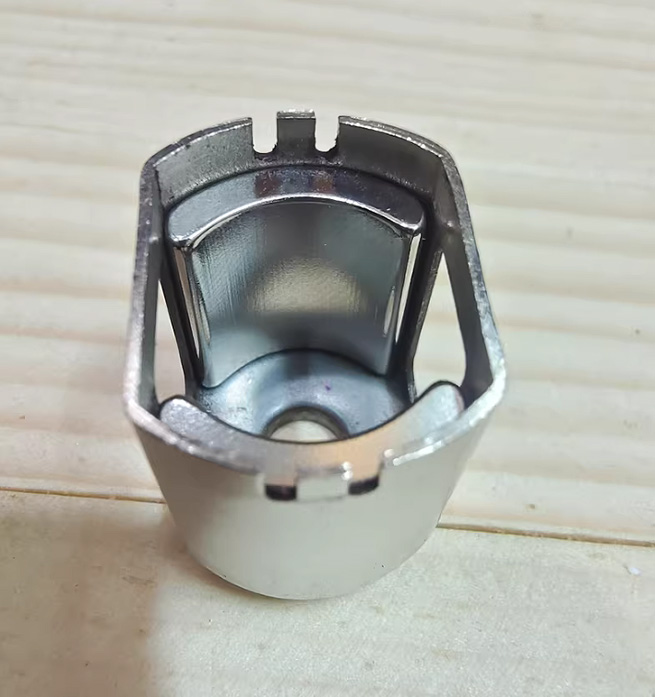Neodymium magnets, also known as NdFeB strong magnetic magnets, are widely used in a variety of industrial and consumer electronics products because of their powerful magnetic properties, and some of you are wondering if they get moldy? Here is the answer to this question.
Neodymium magnets are composed of the elements neodymium, iron and boron, and their internal structure is relatively stable and not susceptible to mold attack. However, the plating on the surface of neodymium magnets (e.g., nickel plating, zinc plating, or epoxy coating) may be damaged under certain conditions, which can indirectly lead to mold growth.
The picture shows neodymium segmented magnets for 4WD toy motors.

About mold and mildew, there is also a saying that it is rusty, with different rust spots on the surface. If the dirt on the surface of the powerful magnet is not cleaned up before plating, or if the plating time is not enough or there are problems with the process, it may lead to the surface of the surface being more prone to mold. It will also produce the so-called rust spots. Then there is the issue of packaging, moisture and exposure to air can also lead to oxidation and mold on its surface.
So what to pay attention to? In order to avoid mold on the surface of powerful magnets, the storage area should keep the room ventilated and dry, avoid humid environment. The ambient temperature should not exceed the maximum working temperature of the magnet. Clean the surface of neodymium magnets regularly to avoid the accumulation of dust and grease.
In summary, powerful neodymium magnets themselves do not develop mildew, but the plating on their surfaces, if damaged, may provide conditions for mold growth in certain environments.
Other relevant and important knowledge;
Do magnets lose strength when heated?
Do I have to open a mold for sintered ferrite?
 China Neodymium And Ferrite Magnets Manufacturer & Supplier
China Neodymium And Ferrite Magnets Manufacturer & Supplier 


